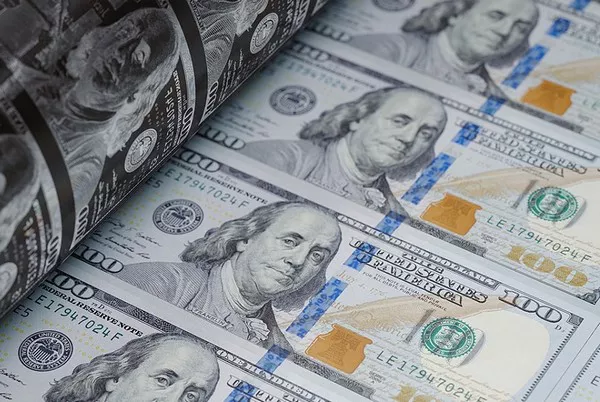The mysterious and often misunderstood 2-dollar bill has captivated the curiosity of many individuals. While it may seem uncommon in circulation, the 2-dollar bill holds a unique place in the realm of American currency. This article aims to shed light on the value of the 2-dollar bill, exploring its history, significance, rarity, and its worth in today’s market.
The History of the 2-Dollar Bill
The 2-dollar bill was first introduced in 1862 as part of the United States’ Civil War currency legislation. Its creation aimed to address the shortage of coins during that period. Over the years, the design of the 2-dollar bill has undergone several changes, with notable figures such as Thomas Jefferson prominently featured.
The Significance of the 2-Dollar Bill
Contrary to popular belief, the 2-dollar bill holds no mystical or unlucky connotations. Instead, it symbolizes a rich history and serves as a cultural artifact. Some individuals consider it a collector’s item due to its rarity, while others appreciate it as a novelty item or a conversation starter.
Rarity and Circulation
The perceived scarcity of the 2-dollar bill contributes to its allure. However, the Federal Reserve indicates that around 3% of all currency in circulation comprises 2-dollar bills. While not as abundant as other denominations, this suggests that they are more common than some might assume.
Face Value and Legal Tender
In terms of face value, a 2-dollar bill is worth precisely $2. It holds the same legal tender status as any other U.S. banknote, meaning it must be accepted for transactions at face value. Banks and businesses are obliged to accept and dispense 2-dollar bills, just like any other denomination.
Collectible Value
The 2-dollar bill’s collectible value varies based on several factors, including age, condition, rarity, and demand among collectors. Certain editions, such as the 1899 Silver Certificate, can fetch higher prices due to their historical significance. However, the majority of 2-dollar bills in circulation are worth very close to their face value.
Numismatic Market and Premiums
Numismatics, the study and collection of coins and paper money, has its enthusiasts who may pay premiums for certain 2-dollar bills. Misprints, low serial numbers, and bills with unique characteristics or errors can attract interest from collectors and potentially increase their value. The rarity and desirability of specific editions may result in elevated prices in the numismatic market.
Factors Influencing Value
Several elements impact the overall value of a 2-dollar bill. These include grade and condition, rarity, historical significance, demand from collectors, and any unique features or anomalies present on the bill. Bills in uncirculated condition or those with notable attributes tend to command greater value.
Authentication and Appraisal
For individuals interested in acquiring or selling 2-dollar bills, professional authentication and appraisal services are available. Expert opinion and grading services can help determine the authenticity, condition, and potential value of a particular bill.
Conclusion:
While a 2-dollar bill may hold sentimental or cultural value to some individuals, its market value typically remains close to its face value. Exceptions exist for rare editions, misprints, or bills with unique features that garner attention from collectors. Nonetheless, the intrinsic worth of a 2-dollar bill lies not only in its monetary value but also in the stories it tells and the conversations it sparks about American history and currency.


